|
19 September 2021
Operation Jericho
The Raid on Amiens Prison - Feb 1944

On the morning of 18th February, 1944, nineteen Mosquito Mk VI fighter-bombers of 140 Wing, RAF 2nd Tactical Air Force, set out on one of the most daring air-raids of the Second World War. Attacking at very low level in three flights of six, 18 of the ‘Mossies’ were to breach the outer and inner walls of Amiens prison in Northern France; bomb the canteen where the German guards were having their midday meal; and give the prisoners a chance to escape. The final, photo reconnaissance (PR) aircraft would film the entire mission, and, if it went well, broadcast it to boost Allied morale.

RAF Hunsdon, Hertfordshire: Armourers prepare to load four 500-lb MC bombs into the bomb-bay of De Havilland Mosquito FB Mark VI, MM403 'SB-V', of No. 464 Squadron RAAF. [IWM CH 12407.jpg Public Domain]
Previous strikes on enemy factories, power stations, Gestapo headquarters and other high-value targets had already demonstrated the Mossie’s astonishing ability to deliver high-explosive ordnance with pinpoint accuracy. But ‘Operation Jericho’ was on a whole new level of difficulty. Before take-off, pilots studied a detailed plaster-of-paris model of the prison’s layout, along with maps of the surrounding area. A long, die-straight road ran south-west to Amiens from the town of Albert and bordered one side of the prison. It would serve as an excellent marker for the final approach.
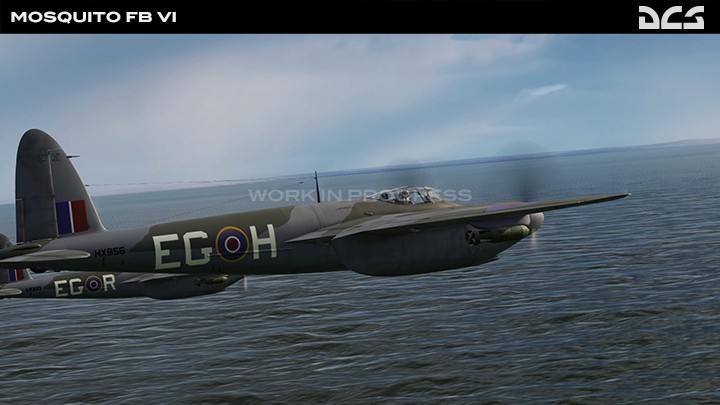
‘We heard the details of this mission with considerable emotion...After four years of war just doing everything possible to destroy life, here we were going to use our skill to save it. It was a grand feeling and every pilot left the briefing room prepared to fly into the walls rather than fail to breach them. There was nothing particularly unusual in it as an operational sortie, but because of this life-saving aspect it was to be one of the great moments in our lives.’
— Wing Commander Irving Smith, No 487 Squadron RNZAF *
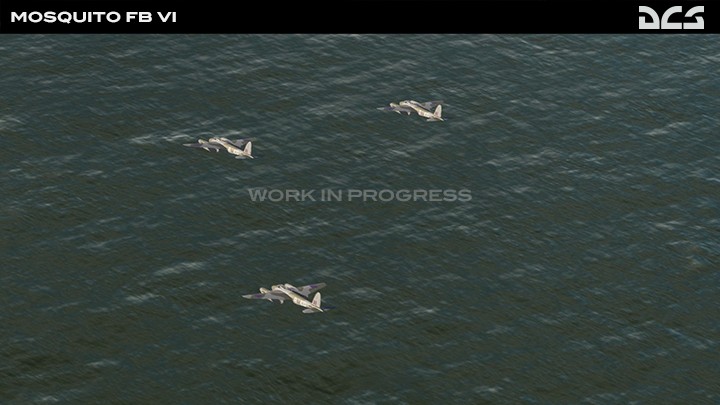
Weather conditions that morning were terrible: it was snowing hard, there was dense cloud and visibility was very poor. Flying across the English Channel at wave top height to avoid German radar, pilots strained to see anything through the sleet and snow and spray battering their windscreens.
Four Typhoons and four Mosquitos were forced to turn back. The planners could hardly have chosen a worse day to launch such a difficult and dangerous attack – but any delay was out of the question: following a recent wave of arrests by the Abwehr (Nazi counter-intelligence), many members of the French Resistance were among the more than 830 prisoners. They included at least two senior agents who knew more about plans for the coming invasion of France than the Allies could afford to reach enemy ears. There was another, no less urgent reason for the mission: according to smuggled intelligence reports, 26 male and three female prisoners were scheduled for execution by firing squad the following day.

‘I shall never forget that road – long and straight, and covered with snow. It was lined with tall poplars, and we were flying so low that I had to keep my aircraft tilted at an angle to avoid hitting the tops of the trees with my wing …. The poplars suddenly petered out, and there, a mile ahead, was the gaol. It looked just like the model, and within a few seconds we were almost on top of it.’
— 487 Squadron pilot *
Four storeys in height, Amiens prison was built in the shape of a Latin cross, with the cells in the longer section and the guards’ canteen and quarters in the shorter arms. A 20-ft. brick perimeter wall surrounded the complex.

The raid was a combined British Commonwealth enterprise. The first wave of six Mosquitos from 487 Squadron, Royal New Zealand Air Force (RNZAF), had the task of breaching the eastern and northern perimeter walls. The job of the next wave of six aircraft from 464 Sqn Royal Australian Air Force (RAAF), was to smash open either end of the cell block and destroy the German garrison. The final RAF element would act as back-up if the initial attacks failed. Each of the three Mossie flights had a squadron of Typhoon fighter-bombers assigned to protect it from enemy fighters.
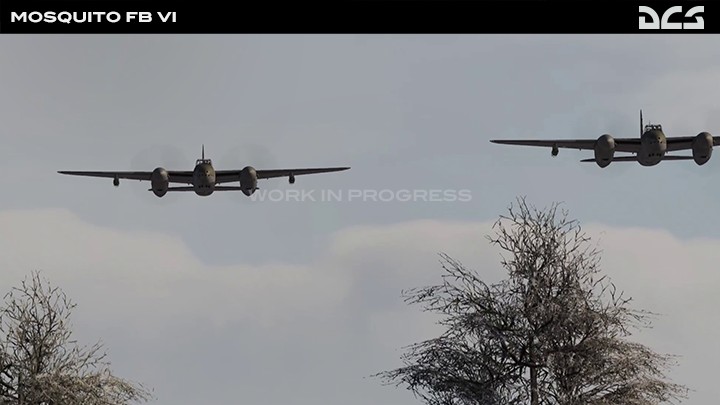
In overall command of the attack, RAF Hunsdon’s Station Commander Group Captain Percy Pickard would act as Master Bomber, orbiting the prison and directing operations.

487 Squadron Mosquitos over Amiens Prison as their bombs explode, showing the snow-covered buildings and landscape. [IWM Public Domain]
The aircraft attacking the outer walls carried two 500 lb semi-armour piercing (SAP) bombs apiece. Those tasked with demolishing the inner walls were armed with two Medium Capacity (MC) bombs. All of the bombs were fuzed for 11 seconds delay. With the different sections attacking in a criss-cross pattern and in very rapid succession, exact timing and precision were essential.

At 12:01, the first section of three 487 Sqn Mosquitos attacked the eastern prison wall. A great pillar of dust and smoke and flame billowed up. As it settled, the second, 487 Squadron three-ship bombed the northern wall. At 12:06, two aircraft from 464 Squadron re-attacked the eastern wall from an altitude of about 50 feet. With both walls now breached, two 464 Squadron Mossies ran in at 100 feet and bombed the main building. At least one bomb exploded directly on the guards’ quarters. More bombs crashed into the cell block. Grabbing their chance for freedom, dozens of prisoners began running across the courtyard for the gaps blasted in the walls. The guards opened fire on them with machine guns, shooting many dead.
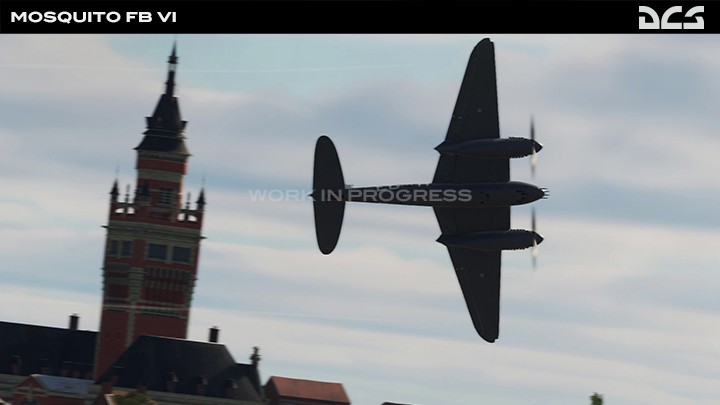
Free The French
Viewed from the comfort of now, the raid was a mixed success. Of the 255 prisoners who escaped, around 180 were recaptured shortly afterwards. A further 150 died, caught either in the bombing or massacred by the guards, an estimated 50 of whom also died. Several stray bombs fell on the nearby St Victor hospital and surrounding homes, killing or injuring French civilians. One of the Fw 190 fighters that responded to the attack shot down and killed Group Captain Pickard and his navigator, Flight Lieutenant John Broadley as they headed for home. A second Mosquito navigator, Flight Lieutenant R. Sampson, RNZAF, was killed by enemy ground fire. One of the escort Typhoons disappeared into a snowstorm off Beachy Head, Sussex, and was never seen again. A further Typhoon was also brought down and its pilot lost.
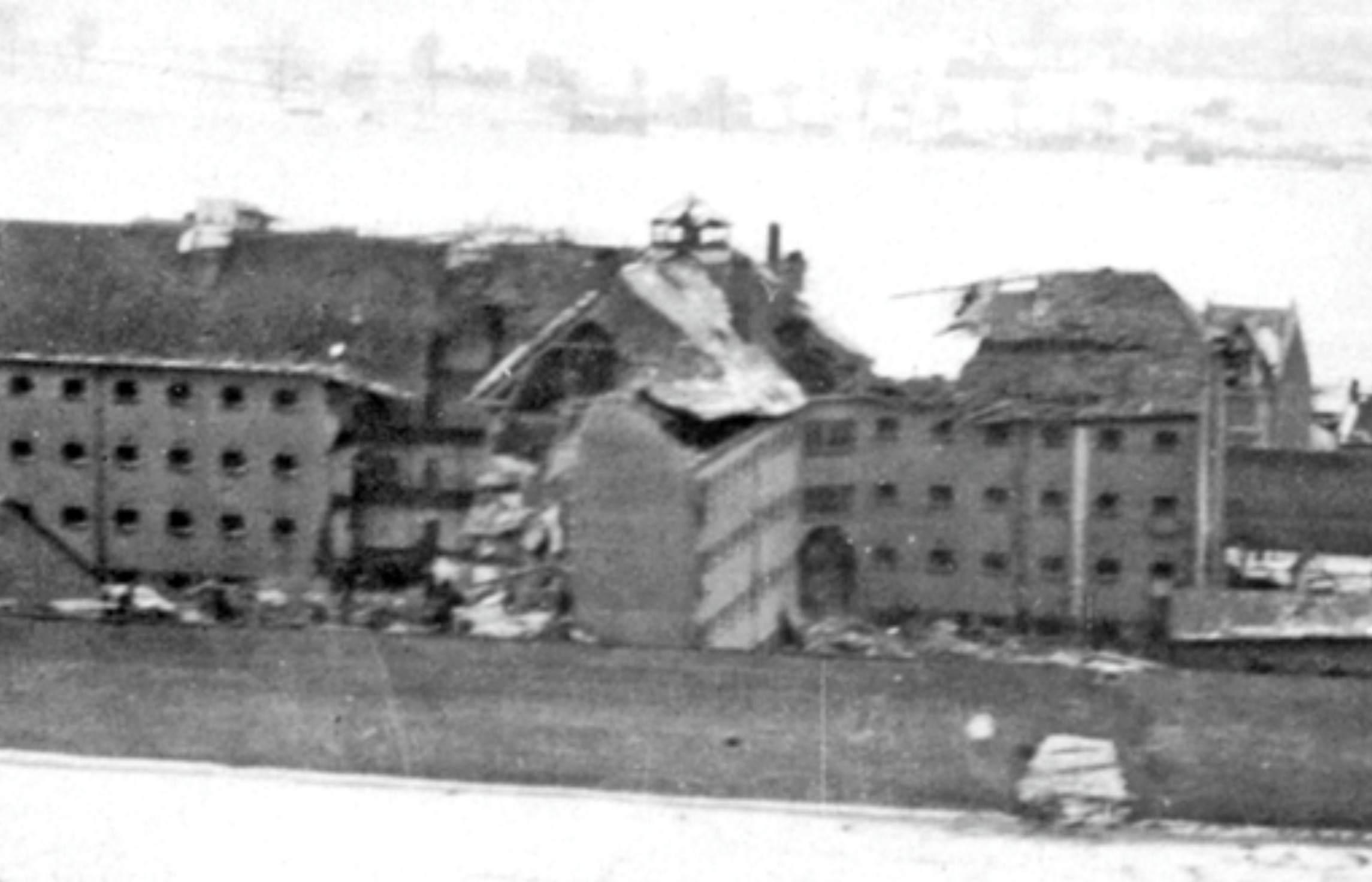
Bomb damage to Amiens prison following the raid: note the neat hole in the perimeter wall [IWM Public Domain]
On the plus side, the French Resistance members who did escape exposed more than 60 agents and informers who had been working undercover for the Abwehr. In the crucial run up to D-Day, this kneecapped Nazi counter-intelligence in the key Atlantic Wall sector.
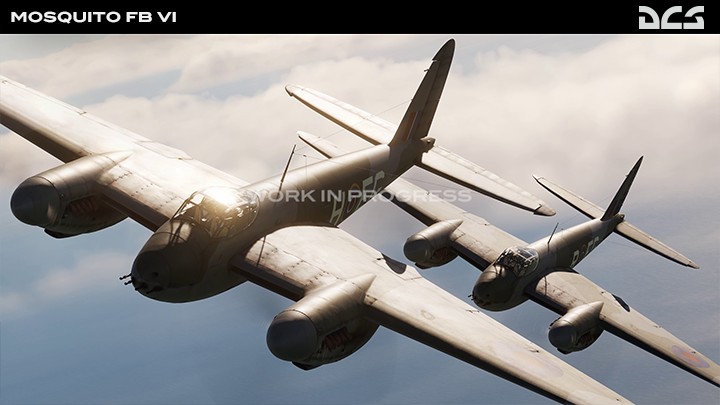
Notes:
- *both quotes from Thompson, H. L. (1956). "Chapter 6 Daylight Raids by the Light Bombers". New Zealanders with the Royal Air Force. The Official History of New Zealand in the Second World War 1939–1945. II (online ed.). Wellington, New Zealand: Historical Publications Branch. pp. 143–148. OCLC 846897274. Retrieved 12 June 2020 – via New Zealand Electronic Text Collection.
Thank you for your passion and support,
Eagle Dynamics Team
|

